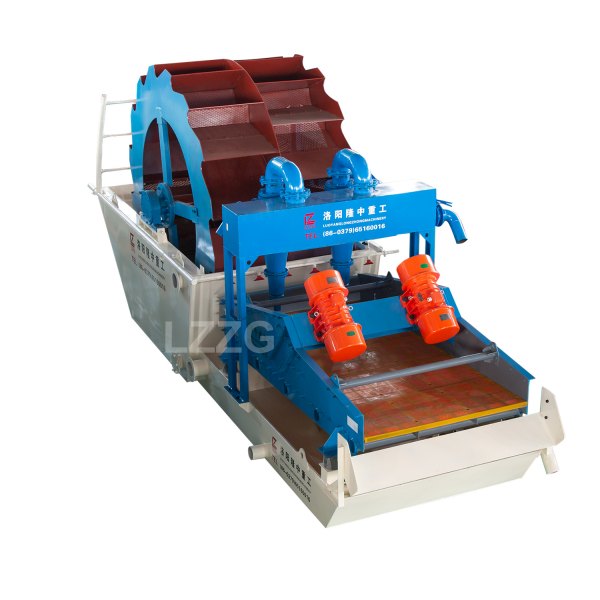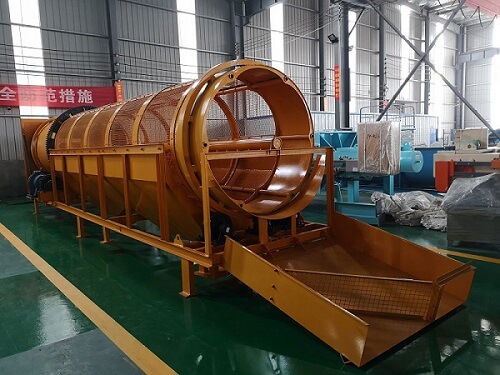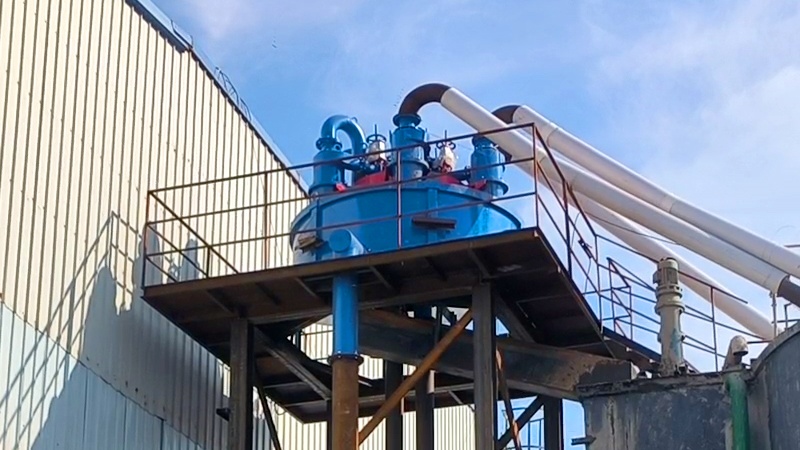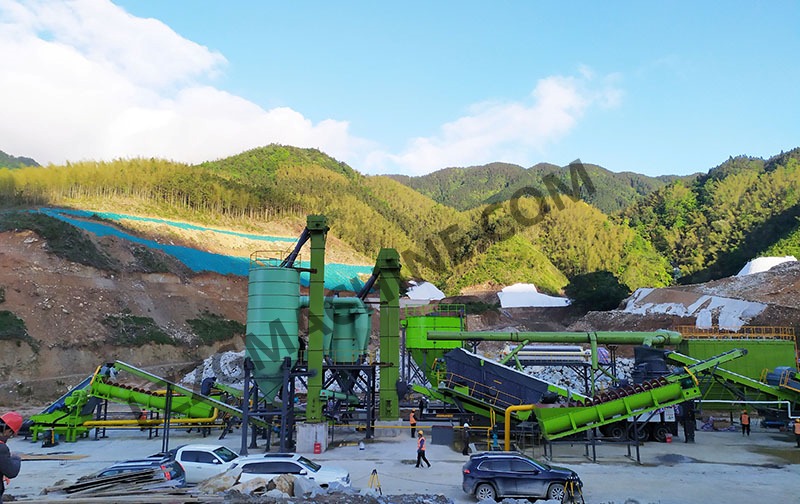Vibrating screen sieve plate types and application
 August.30,2021
August.30,2021
There are many types of vibrating screens and they are widely used. No matter what kind of screening equipment, the screen is an indispensable part. It is in direct contact with the material and will inevitably be worn out, so it must be sufficiently wear-resistant. Now we analyze the structure, performance characteristics and selection principles of several vibrating screens that are currently mature in production and use.
1. Full polyurethane screen
The all-urethane sieve plate is welded by a flat steel frame, which is a new type of finely selected product. In recent years, it has gradually replaced the stainless steel sieve plate. The all-polyurethane screen is mainly suitable for grading, dewatering, screening and other places such as coal mines, iron ore, copper mines, gold mines, etc. It is a necessary part of the vibrating screen.
Because the sieve plate is used under very harsh conditions, it requires corrosion resistance, abrasion resistance, and aging resistance, so the size of the sieve slot needs to be small enough during use.
Advantages: polyurethane has high wear resistance, high elasticity, sound absorption, shock absorption, not easy to run rough, good abrasion resistance, long service life, high screening quality, strong self-cleaning ability, good screen penetration performance, noise reduction, improved operating environment, Wide application range, etc.
Disadvantages: the product dimensions are not flexible and the production cost is high.
Selection principle: dehydration, de-intermediation and de-sliming of various linear vibrating screens.
2. Polyurethane composite screen
This sieve plate is a drum resistance welding machine that uses electric current to pass through the contact surface of the weldment joint and the adjacent area to generate the resistance heat energy to heat the welded metal to a partial melting or high plastic state, and then use external force to weld it into a sieve surface ) Then 235-A carbon steel flat iron is assembled and welded as the material frame.
Advantages: narrow sieve strips can be selected, high opening rate, sound absorption, shock absorption, not easy to run thick, easy to disassemble and assemble.
Disadvantages: low screening rate, hole blocking, easy breakage of the screen, easy to wear, large particles of ore are easy to run out after abrasion, and the use value will be lost after abrasion or fracture, which indirectly causes high cost and inconvenient operation and maintenance. This kind of screen plate It can be produced by many domestic manufacturers in Taiyuan and Anhui, and it is easy to promote.
Selection principle: dehydration, de-intermediation and de-sliming of various linear vibrating screens and slime curved screens.
3. All stainless steel polyurethane composite sieve plate
This new type of stainless steel polyurethane composite screen is made of E200 stainless steel round wire pressed into a wedge wire, and the stainless steel convex supporting rib is welded by the thermoplastic roller resistance welding process or the argon arc welding process, and the frame is also vulcanized with polyurethane material , The convex support ribs replace the stainless steel convex wire part, and the process of welding the support ribs during assembly is also omitted. The outer frame is made according to the needs of users.
Advantages: high overall rigidity, low magnetism, sound absorption, shock absorption, not easy to run rough, easy to disassemble, especially suitable for the dehydration operation of heavy medium coal preparation plants. .
Disadvantages: The production process is complicated, the technology is relatively weak, and the quality is not easy to guarantee. In the drum resistance welding spin welding, the convex support ribs are easy to weld obliquely, which affects the product quality and appearance, the production cost is high, and it is not easy to level, and the leveling effect is not satisfactory. . There are relatively few manufacturers with this process, and it is difficult to promote and apply it.
Selection principle: Dehydration and de-intermediation of moving sieve and banana sieve.
4. Welded slotted screen
The welded seam sieve plate is a mature and old-fashioned sieve plate. It is mainly composed of stainless steel screen mesh and stainless steel flat iron or Q235-A carbon steel flat iron. The stainless steel screen The welding of the sheet is carried out by using a roller resistance welding machine, using rolled wedge-shaped screen strips and convex back strips of different cross-sections and the same cross-section, and welded by resistance heat and current, which belongs to the contact resistance welding process.
Advantages: The working surface has high rigidity, narrow screens can be selected, high opening rate, flexible size change, and easy processing and forming.
Disadvantages: high noise, easy to run rough, not easy to disassemble, and the surface anti-wear and anti-smash performance is not good when working.
Selection principle: dehydration, de-intermediation and de-sliming of various linear vibrating screens and slime curved screens.
The above is an introduction to the advantages and disadvantages of the four vibrating screens and the selection principles. Users can choose suitable ones according to their own production requirements, washing process and equipment requirements, and on the premise of meeting the production process indicators. The actual situation and cost-effective sieve plates, thereby creating greater economic benefits.





